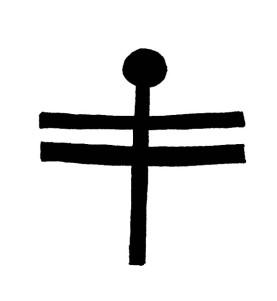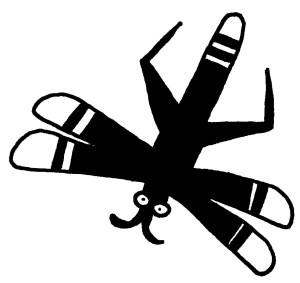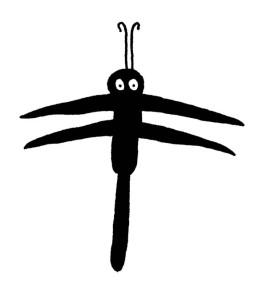 |
Canku Ota
|
 |
|
(Many Paths)
|
||
|
An Online Newsletter
Celebrating Native America
|
||
|
August 2020 - Volume
18 Number 8
|
||
|
|
||
|
The Origin Of The
Dragonfly: A Zuni Tale
|
||
|
by DRAGONFLYWOMAN
|
||
|
Instead, today I'm going to recount a Zuni tale about the boy who created the dragonfly. In case you aren't familiar with the Zuni, they are a pueblo Native American tribe based in New Mexico. This story was first recorded in 1883 by an ethnologist visiting the Zuni and has been repeated in several other forms. Tony Hillerman even wrote a book based on the story, The Boy Who Made Dragonfly: A Zuni Myth. Without further ado, I give you the Zuni dragonfly myth:
Pretty cool story, eh? I really love it. I have read several variations of this story and it makes me happy every time I come across a new version. I haven't read Tony Hillerman's version yet though. I'm sure it will be marvelous when I get around to it. He writes some amazing traditional southwestern stories in addition to his detective novels set in the same area. The images in today's post are drawings based on traditional Native American representations of dragonflies. The simple dragonfly with the stick with two crosses is supposed to be the representation of dragonflies found among ancient Zuni rock paintings. The other three images are based on images represented on Mimbres pottery. |
|
|
|
|
|
||
|
|
||
| Canku Ota is a free Newsletter celebrating Native America, its traditions and accomplishments . We do not provide subscriber or visitor names to anyone. Some articles presented in Canku Ota may contain copyright material. We have received appropriate permissions for republishing any articles. Material appearing here is distributed without profit or monetary gain to those who have expressed an interest. This is in accordance with Title 17 U.S.C. Section 107. | ||
|
Canku Ota is a copyright ©
2000 - 2020 of Vicki Williams Barry and Paul Barry.
|
||
 |
 |
|
|
The "Canku
Ota - A Newsletter Celebrating Native America" web site and
its design is the
|
||
|
Copyright ©
1999 - 2020 of Paul C. Barry.
|
||
|
All Rights Reserved.
|
||
 So
… I had planned to start a pair of posts on one of my favorite
subjects today. Then I spent all of yesterday doing things with
my husband, our first day off together in a month. I didn't even
come close to finishing the other post – and I don't feel the
least bit bad about it either! I'll get to the science heavy topic
I had planned next Monday.
So
… I had planned to start a pair of posts on one of my favorite
subjects today. Then I spent all of yesterday doing things with
my husband, our first day off together in a month. I didn't even
come close to finishing the other post – and I don't feel the
least bit bad about it either! I'll get to the science heavy topic
I had planned next Monday. A
village came on hard times and its people were hungry, so they
abandoned their home in search of a more prosperous land. Unbeknownst
to them, they left behind a young boy and a young girl. The
girl was very upset at having been left behind and was inconsolable.
To please her, her brother made an insect doll from corn and
other grasses and gave it to his sister. This corn-being soon
came to life, a messenger from the gods sent to teach the children
how to please the gods and gain their favor.
A
village came on hard times and its people were hungry, so they
abandoned their home in search of a more prosperous land. Unbeknownst
to them, they left behind a young boy and a young girl. The
girl was very upset at having been left behind and was inconsolable.
To please her, her brother made an insect doll from corn and
other grasses and gave it to his sister. This corn-being soon
came to life, a messenger from the gods sent to teach the children
how to please the gods and gain their favor.
 The
land grew fertile again and the people returned to their village,
finding the boy and girl they had left behind. Because they
gods had visited the children and blessed them, they became
great leaders of their people, just as the corn maidens had
foretold.
The
land grew fertile again and the people returned to their village,
finding the boy and girl they had left behind. Because they
gods had visited the children and blessed them, they became
great leaders of their people, just as the corn maidens had
foretold. "I
will paint your form on sacred things to symbolize spring
and the spring rains that bring health to my people. Your
companion I will paint as a symbol of summer and the summer
rains."
"I
will paint your form on sacred things to symbolize spring
and the spring rains that bring health to my people. Your
companion I will paint as a symbol of summer and the summer
rains."